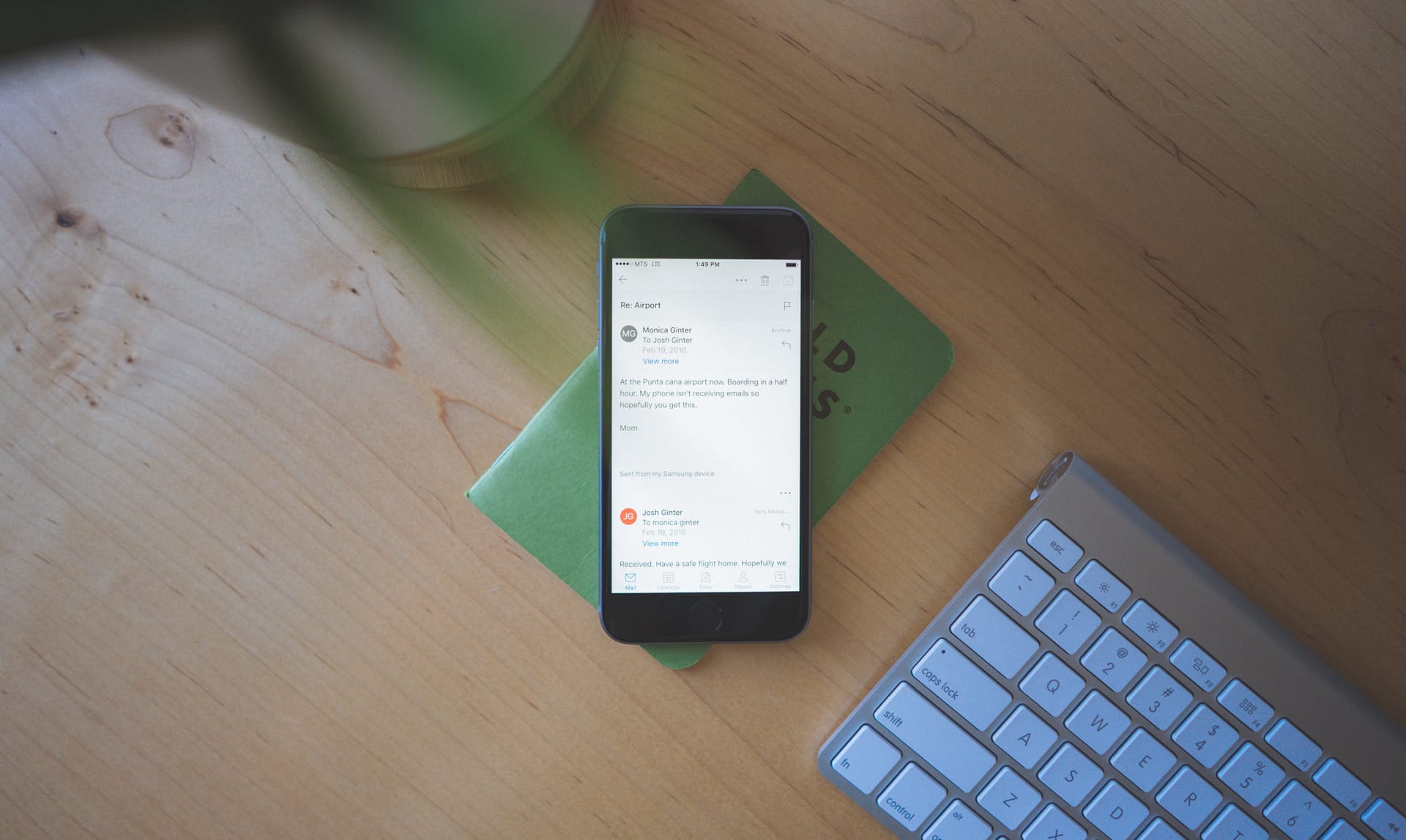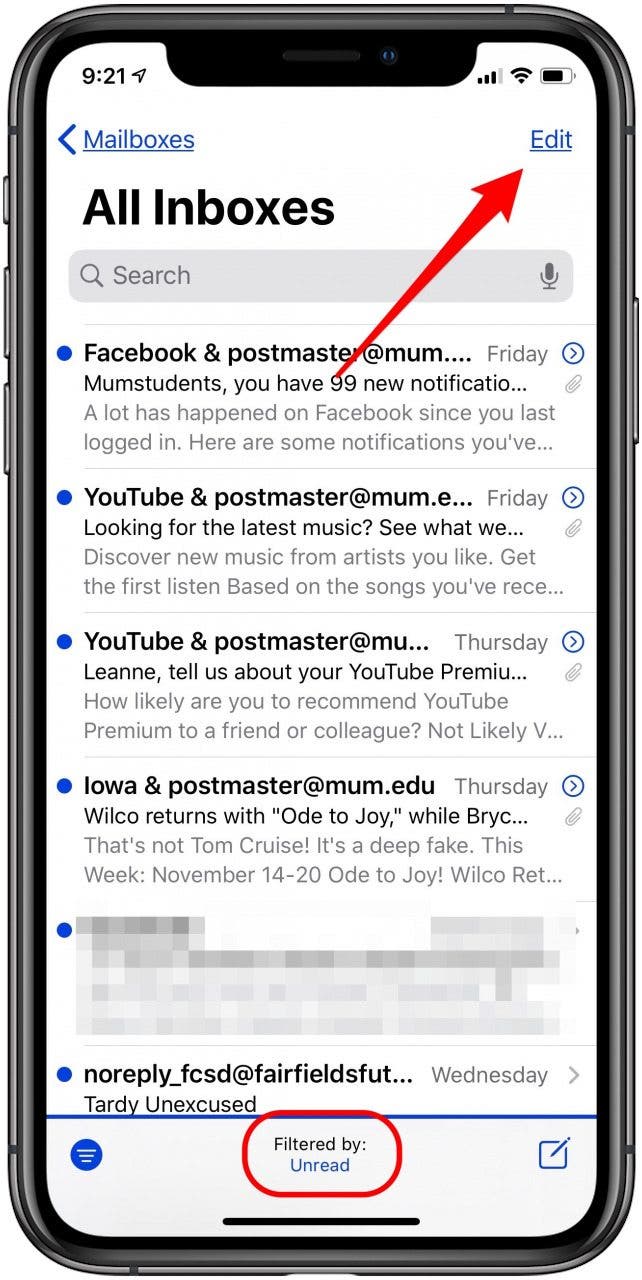Mail User Guide
Delete Mac Mail App
If you want to remove a mail account, you can either turn off “Enable this account” in the Mail app’s settings, or remove the account from the “Internet Accounts” panel in System Preferences. Click the account, and then click the “-” button at the bottom of the list to remove it from your list of accounts. If you want to remove the iCloud email account, the steps are slightly different. Open the “Settings” app and tap on your Apple profile found at the top of the menu. Here, tap on the “iCloud” option. Now, scroll down and tap on the toggle next to the “Mail” option. Your iCloud email has now been disabled and will no longer appear in.
You can delete email messages that you don’t need anymore to help keep your mailboxes manageable, and to free up storage space on your Mac or on the mail server. Deleted messages are available until they’re permanently erased.
Delete an email
In the Mail app on your Mac, select a message.
Click the Delete button in the Mail toolbar or move the pointer over the message’s header, then click the Delete button that appears.
Tip: To prevent the next message in the list from being automatically selected (and marked as read), press and hold the Option key when you delete the message.
If you set the “Move discarded messages” option to Trash in Viewing preferences in Mail, you can delete a message by swiping left on the trackpad with two fingers or by moving the pointer over a Mail notification, then clicking Trash.
Delete multiple emails
In the Mail app on your Mac, select messages or conversations in the list.
All of the messages in a conversation will be deleted.
Click the Delete button in the Mail toolbar or press the Delete key.
If you delete a mailbox, all of the messages in the mailbox are deleted.
You can search for a set of messages to delete. For example, you can search for messages dated August 1 through September 5, 2018 by entering “date:8/01/18-9/05/18” in the Mail search field. Or, search for messages from a specific person by entering a name in the search field. Then select and delete the found messages.
View deleted emails
Whether you can view and retrieve messages after you delete them depends on how you set options in Mail preferences.
In the Mail app on your Mac, choose Mail > Preferences, then click Accounts.
Select an account, click Mailbox Behaviors, then check the setting for the Trash Mailbox option.
If a mailbox is specified: You can view deleted messages in the Trash mailbox until they’re permanently erased. To retrieve a deleted message, drag it from the Trash mailbox to another mailbox.
If None is specified: Deleted messages are removed and aren’t available in the Trash mailbox.
Permanently delete emails
:max_bytes(150000):strip_icc()/001_move-or-delete-messages-in-bulk-with-iphone-mail-1172557-5c2aa56ac9e77c0001fdb39c.jpg)
In the Mail app on your Mac, do one of the following:
Choose Mailbox > Erase Deleted Items, then choose an account.
In the Mail sidebar, Control-click a Trash mailbox, then choose Erase Deleted Items.
You can set the “Erase deleted messages” option in Mail preferences to have Mail permanently erase deleted messages for you at a specified time. See Change Mailbox Behaviors preferences.
If you mistakenly delete messages, just drag them out of the Trash mailbox to another mailbox. Or select them in the Trash mailbox, then choose Message > Move to > [mailbox].
System cleanup in one click
For many of us, email is a necessary email. Email makes our student and professional lives significantly easier, as a way of sending and sharing information. Not everything can be sent in a text, Facebook or WhatsApp message, or using Snapchat or Slack.
Often, especially for those in creative professional or knowledge economy roles, we rely on email to communicate professionally and send more complex and detailed information.
Get rid of email junk with CMM X
Remove every mail attachment stored on your Mac with a powerful macOS cleaner, CleanMyMac X. Give it a go!
Do emails take up storage?
Mail downloads, also known as attachments, are a big feature in busy inboxes, either taking up space in the cloud - if you use a cloud-based email client - on your phone, and if you use a desktop-based email client, on your Mac too. Attachments are everywhere, and you’ve probably got multiple versions of the same attachments in different places, taking up even more space.
Chances are, once you’ve downloaded and worked on an attachment, you won’t need the original. Or when you’ve worked on a document or folder, you’ve got more than one duplicate on your computer, and you can send back a revised attachment to the sender. In practice, this means one attachment often turns into at least three or four versions of the same document stored in different folders and within inboxes and/or cloud-based email services.

How to find Mail Downloads on a Mac
Apart from inside your inbox, mail attachments are found in one of two - or both - places within your Mac. You may also have some on your iPhone or iPad if you have email on another device.
The common way to view, save or delete email attachments in Mail (the built-in Mac OS email client) one by one:
Select a message that includes attachments. Look for the Attachment icon next to the sender's name in the message list.
In the message, do one of the following: Open an attachment in an app: Double-click the attachment.
Within a Mac OS, those who use Mail can find downloads and attachments in the following folder:

Users > YourName > Library > Containers > com.apple.mail > Data > Library > Mail Downloads
All attachments that you've either opened in Mail or viewed in Quick look gets saved there.
To delete Mail downloads saved in this folder just delete the files you don't need and then close the folder.
People who use a cloud-based, or another desktop email client, should see everything you’ve downloaded from your inbox in the Downloads folder. In some cases, you may have a duplicate of the same downloads in both folders, which means these will be taking up even more space. Now that you know where all your mail downloads are hiding, it’s time to stop your Mail app from wasting gigabytes of your Mac space.
Deleting Mail Download files from a Mac
One way to save space and stop mail download overload is to use an email client that makes it easier to find, organize and delete attachments. Take Unibox, for example, which groups emails by sender, making it far more intuitive and easy-to-use compared to Mail or other email services. This app is available from Setapp and described as “A welcome, fresh new approach to email on the Mac” (Macworld).
Within Unibox mail client you can do the following with email attachments:
Preview attachments without launching external apps;
Visually browse your attachments and images;
Quickly find documents and files with an attachment list.
All of these features make it significantly easier to find and delete attachments, no matter which email service you use. This app will work with every popular and self-hosted email provider, with one simple download and setup process.
Before switching email client, however, you might want to get rid of existing gigabytes of useless attachments. Most people would have attachments and duplicates of those files, images, documents and videos dating back to when they first bought their Mac, with some going back to previous Macs if you synced from one device to another when setting-up a new computer. That is potentially a lot of old downloads and duplicates!
How to free up email space on my Mac?
One of the best ways to get rid of Mac Mail downloads is using CleanMyMac X, a popular and easy-to-use app that over 3 million people are using to remove documents, files, images, apps, music and other junk that they don't need anymore.
Also available from Setapp, you can get your Mac tidied up then download a new email client that will keep it more organized.
Meantime, prepare for all the awesome things you can do with Setapp.
Read onHow To Remove Email From Mail App Mac Login Failed
Sign Up